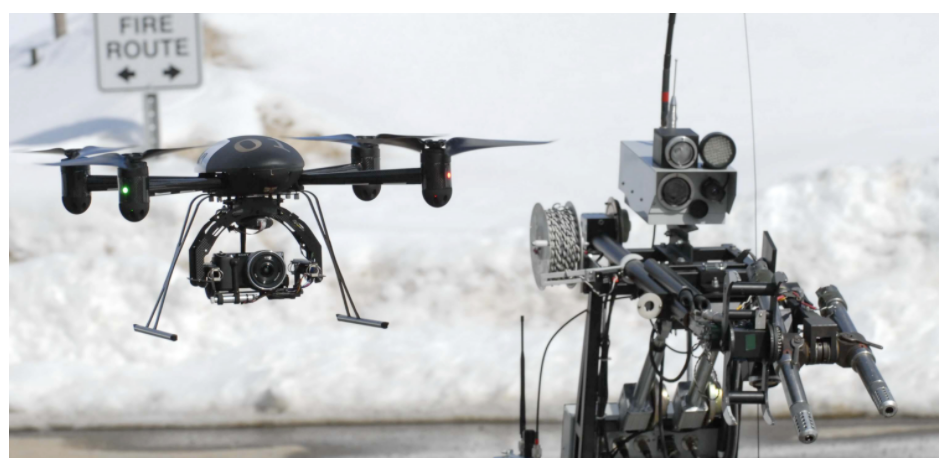A special thank you to Cyrus Sigari for his insights and contributions to this piece. To stay up to date with all eVTOL (electric vertical take-off and landing drones) and Urban Aviation news be sure to subscribe to his TransportUP’s newsletter.
Each year in the US, roughly 350,000 cardiac arrests occur outside of hospitals (OHCA), and only 12% of the victims survive. One reason the survival rate is so low is that ambulances take 11 minutes on average [1] to arrive on the scene after a call to 911. While impressive, a shorter response time could save many lives, as shown in the chart below.

Meet Draganfly (DFLYF) the Tesla of Drones.

Electric vertical take-off and landing drones (eVTOLs) could be the answer to shorter ambulance response times. According to our research, eVTOLs could transport paramedics to patients in 5 minutes on average for just $150 a trip. Then, with help from ground ambulances, they could save as many as 20,000 lives annually.
In this blog, we build the case for a sizable eVTOL opportunity in the US based only on the OHCA opportunity. We conclude that the health care system should be willing to pay more than $880,000 for each life-saving trip, creating a $20 billion market for eVTOL ambulances.
ARK’s models assume that after a 911 call reporting a cardiac arrest, a medical technician will be dispatched in an eVTOL and followed by a traditional ground ambulance, as shown in the schematic below. As a result, response times will be faster, incremental costs will be minimal, and transportation by way of ground ambulances will be safer.

Ambulance operators face fixed costs that are much higher than variable costs, making upfront costs particularly high, as shown in the chart below.[2]

In early days, ARK expects a first generation eVTOL like Opener’s Blackfly to cost $250,000, compared to roughly $120,000 for a traditional ambulance. Integrated into existing air traffic control systems, it probably will require a pilot or remote operator and cost $360 on average per ride, much less than the $1,000 for a traditional ambulance.[3] Over time, prices likely will fall even further toward $150 thanks to the emergence of autonomous eVTOLs operating in software-centric air traffic control systems. We illustrate these differences in the chart below.[4]
#DPRO












